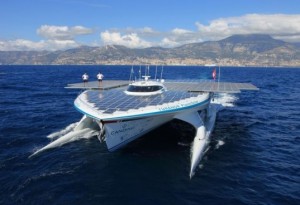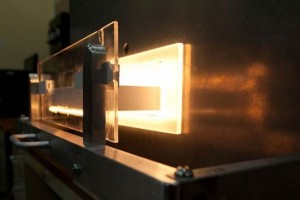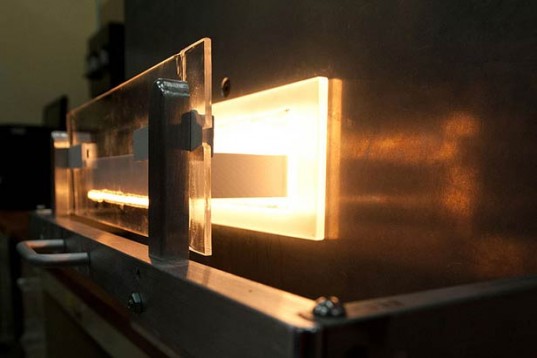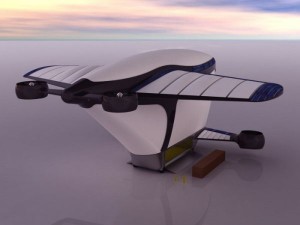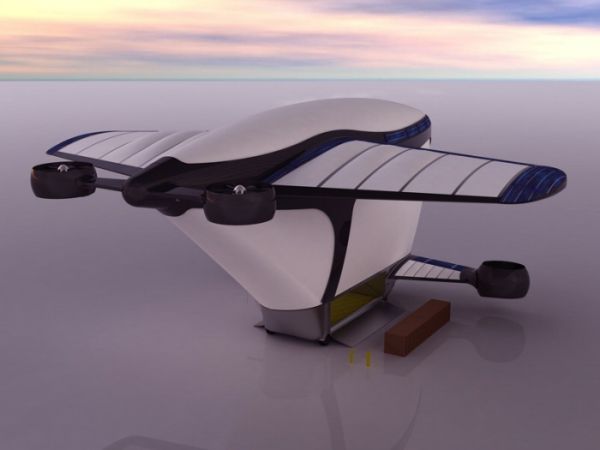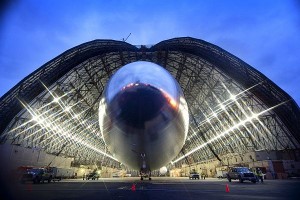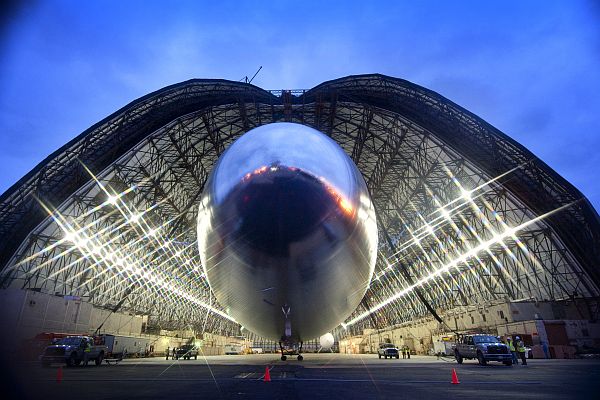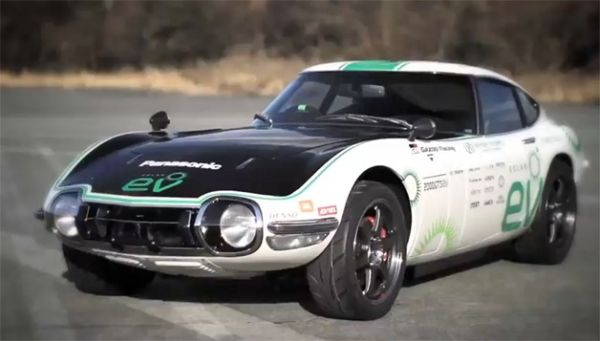
The classic Toyota 2000GT has managed to carve an everlasting image in the minds of people, thanks to its style and of course James Bond. Japanese engineers have given James Bond getaway car a new lease of life by remodeling a Toyota 2000GT for a recent car show. The car will roar like an angry beast but not by a gas-guzzling engine. It has been swapped into a 100 percent electric and solar-powered coupe under the ‘Crazy Car Project,’ which definitely shows some care for the environment.
 Follow
Follow